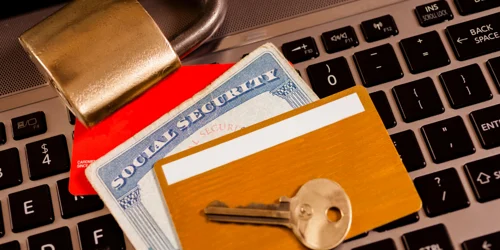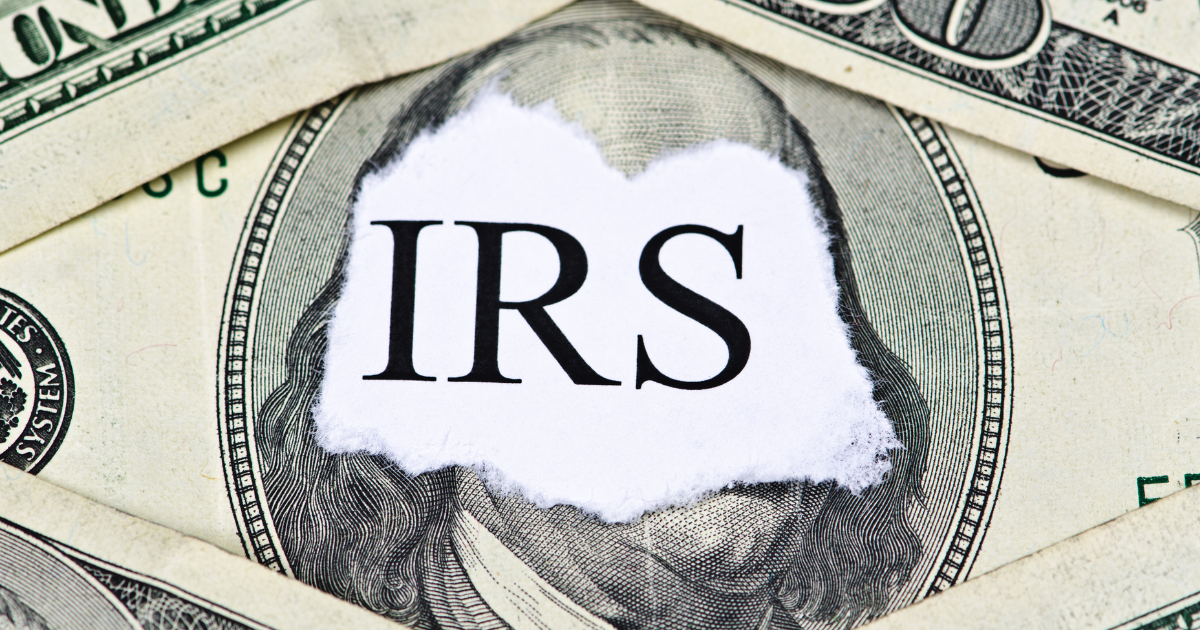Tax Identity Theft: Protect Your Tax Refund and Avoid Penalties
May 20, 2024

Tax identity theft is when someone uses your Social Security number (SSN), Employer Identification Number (EIN), or other identifying information to steal your tax refunds or claim other tax benefits illegally.
It’s a growing concern. According to the Taxpayer Advocate Service, the U.S. Federal Trade Commission (FTC) received about 2.8 million fraud and identity theft reports in 2021, with nearly $5.9 billion in associated financial losses.
In this guide, we outline what tax identity theft is, how to prevent it, and the steps to take if you suspect you’ve become a victim.
Understanding Tax Identity Theft
Tax identity theft occurs when someone uses your stolen Social Security number or business Employer Identification Number to file a tax return claiming a fraudulent refund, collect income in your name, or receive other tax benefits.
In most cases, you don’t realize your identity has been stolen until you file your tax return or receive a notice from the Internal Revenue Service (IRS) or other tax authorities. It can disrupt your ability to file taxes, delay processing legitimate tax returns and refunds, and result in financial loss and complications with the IRS.
Common Tax-Related Identity Theft Schemes and Scams
Tax-related identity theft can take many forms. The most common scenario occurs when someone uses your SSN — or that of your spouse or dependents — to file a fraudulent return and steal your tax refund.
However, you may encounter other tax-related scams, such as:
- Employee Retention Credit (ERC) mills. These schemes involve third parties offering to help businesses claim ERCs for a fee, often fraudulently. Many such mills file claims for ineligible businesses, leading to audits and penalties. By the time you realize your company doesn’t qualify for the credit, the scammers (and the hefty fee they charged you) are long gone.
- Unclaimed refunds. Scammers send fake notices via email or physical mail claiming you have unclaimed tax refunds. These notices aim to steal personal information or fees for fraudulent services.
- Pandemic-related tax fraud. Various other scams emerged during the COVID-19 pandemic, including phishing emails and fake charities, seeking to exploit the crisis to steal taxpayer data or fraudulently claim pandemic relief dollars.
- Ghost preparers. During tax season, unscrupulous tax preparers offer their services to taxpayers. These tax preparers might encourage their clients to claim tax credits and other benefits they don’t qualify for, charge hefty fees (sometimes a percentage of the expected refund), or simply steal their client’s identity.
- Employment-related identity theft. This type of identity theft occurs when someone steals your Social Security number and other personally identifiable information to apply for a job in your name. You may receive a W-2 from a company you didn’t work for or a notice from the IRS that you owe taxes on income you didn’t receive.
Preventing Tax Identity Theft
You can help ensure your tax refunds end up in your own pocket and avoid issues with tax authorities by practicing a few simple habits.
Secure Personal Information
Keeping your personal information secure is the first step in protecting yourself.
- Strong security practices. Use strong passwords, two-factor authentication, and secure Wi-Fi networks to protect your financial accounts, including tax software, your IRS.gov account, and other websites. Use a password manager and change your passwords regularly to help avoid data breaches.
- Work with trusted advisors. Work with tax advisors and other professionals who take security seriously, too. Accountants and tax preparers are frequent targets of identity thieves due to their wealth of client information. Ensure your tax professional doesn’t send sensitive information via email and offers you a secure platform for sending and receiving critical financial documents.
- Physical document safety. Store sensitive documents like tax returns and SSN cards in a secure location. Shred any mail or other documents with sensitive information before disposing of them.
- Vigilant record keeping. Regularly review your credit report and tax statements for any unauthorized activity.
Recognize and Avoid Scams
- Verify communications. Phishing schemes are a type of scam that targets individuals and business owners by calling or sending them an email that appears to be from a well-known source like a bank, mortgage company, or tax authority. These emails often include an attachment or link designed to collect personal information or install malware on your computer. Always verify the authenticity of communications from the IRS and other tax agencies or businesses. If you’re worried the email might be legitimate, call the purported sender — at a phone number listed on your account statement or their website (not the email itself) — to verify its legitimacy. Remember, the IRS will never ask you to provide personal information via phone, text, or social media.
- Be aware of fraudulent tactics. Fraudsters often threaten jail time or lawsuits to scare you into providing the information they want. Stay informed about potential scams and tactics and educate your family members or employees.
Professional Guidance
- Consult with a trusted advisor. Engage a CPA for tax preparation and guidance—especially when it comes to complex issues like the ERC. Vet other professionals, including financial advisors and attorneys, to ensure they have the credentials they claim to have.
What to Do If You Are a Victim
If you believe you’ve become a victim of these or similar scams, quickly securing your accounts and contacting the appropriate authorities can minimize the damage.
Immediate Steps
- Report to the IRS. Contact the IRS immediately if you suspect tax identity theft. To alert them of the fraud, fill out IRS Form 14039, Identity Theft Affidavit.
- Place fraud alerts on your financial accounts. Contact the major credit bureaus (Equifax, Experian, and TransUnion) to place a fraud alert on your credit records.
- Secure your accounts. Change passwords and secure your financial accounts. If your bank or other financial accounts were impacted, contact your financial institutions for instructions on filing a fraud claim.
Long-Term Measures
- Apply for an IRS IP PIN. An IRS Identity Protection PIN (IP PIN) provides an extra layer of protection for your future tax filings because nobody can electronically file a return using your SSN without that PIN.
- Continuous monitoring. Continue to monitor your financial and tax records for subsequent signs of fraud.
- Seek professional assistance. Work with your tax advisor, financial advisor, and/or attorney for advice on navigating the complexities of recovery from tax identity theft.
Get Trusted Advice to Deal with Tax Identity Theft
Tax identity theft poses significant risks, but by taking informed, proactive steps, you can protect your sensitive information and respond effectively if you’re impacted.
By being aware of common scams and best practices for securing your personal information, you safeguard your own financial health and contribute to wider efforts against fraud.
Schedule a free consultation today to find out how working with a proactive accountant can keep your information secure and reduce the risk of identity theft.
Our knowledge hub
Empower your decisions with on-demand, relatable insights.




